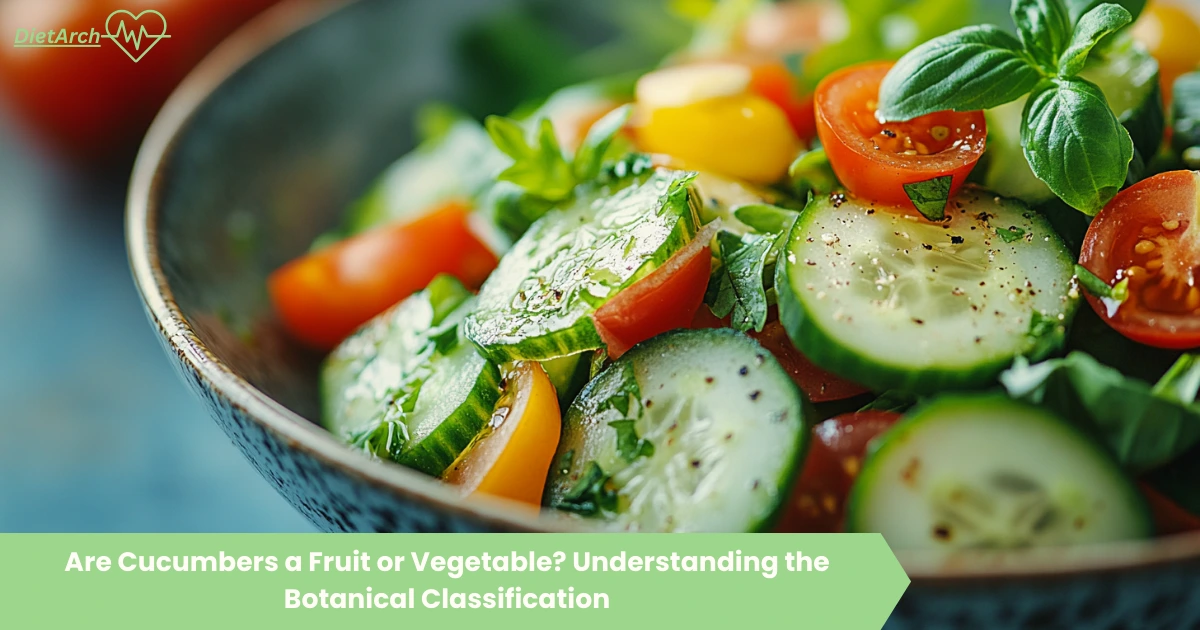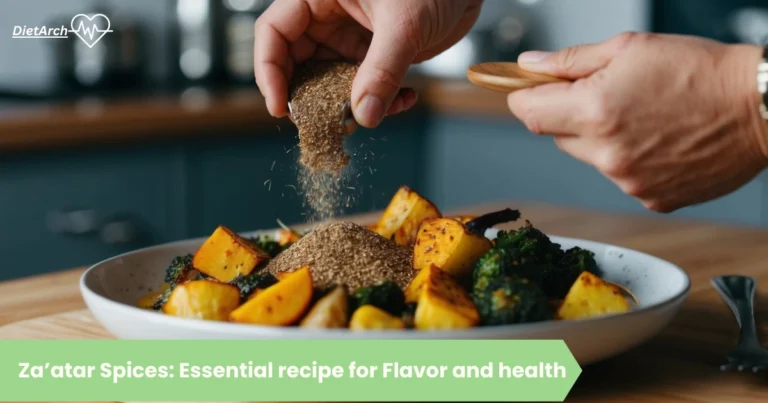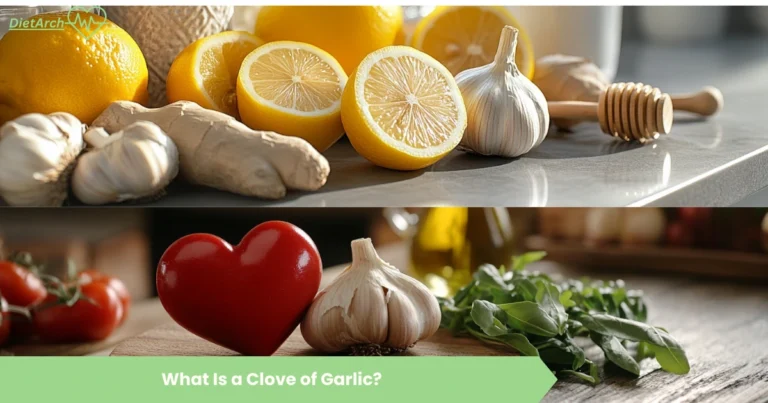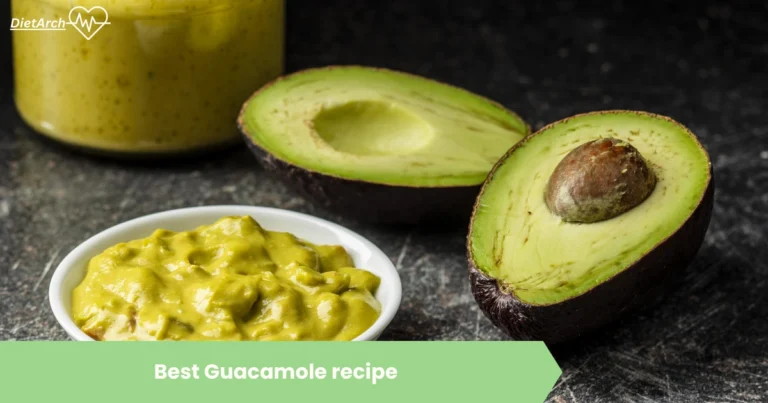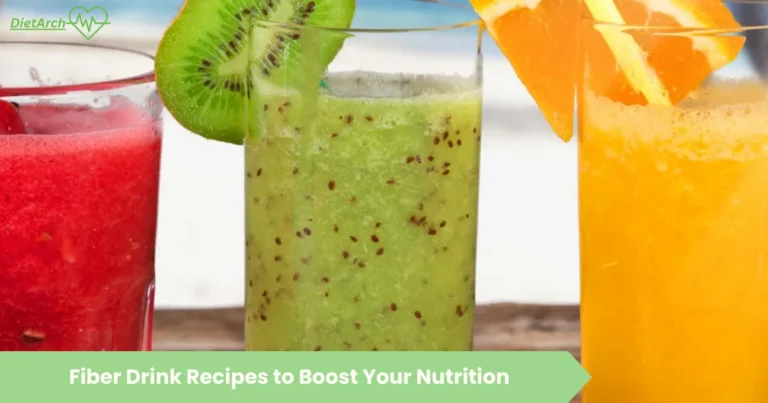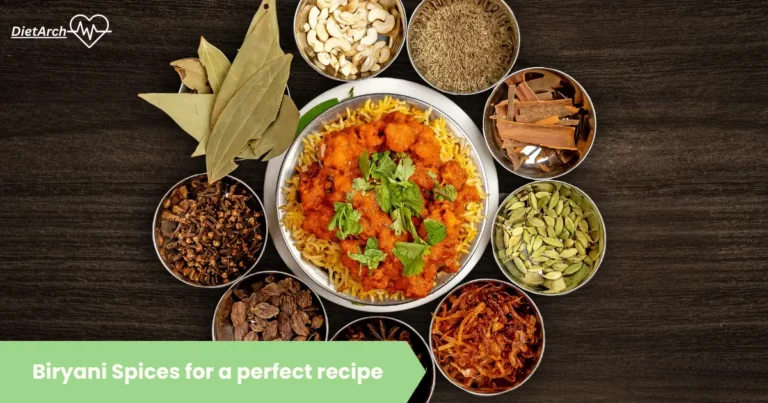Is Cucumber a Fruit or a Vegetable? The Botanical Classification
Cucumbers are considered vegetables in the kitchen, but botanically speaking, they are classified as fruits. This means that cucumbers grow from the flowers of the plant and contain seeds, a key characteristic of fruits. This distinction prompts curiosity about how we categorize foods and why this matters in healthy eating and healthy nutrition.
In everyday cooking, cucumbers are often used as vegetables added to salads and sandwiches. However, understanding their classification, whether is a cucumber a fruit or a vegetable, can change how one perceives this typical food. The confusion arises from cultural practices and culinary uses, which often blur the lines between a cucumber, a fruit or a vegetable.
Key Takeaways
Learning about the botanical classification of cucumbers offers valuable insight into plant biology and culinary practices. It can also lead to a deeper appreciation for how we interact with the food in our daily lives, even in something as simple as a cucumber.
Cucumbers are a fruit botanically.
They possess unique characteristics that define cucumber’s botanical classification in the plant kingdom. Understanding their complete pollination process is crucial for successful cultivation and fruit development.
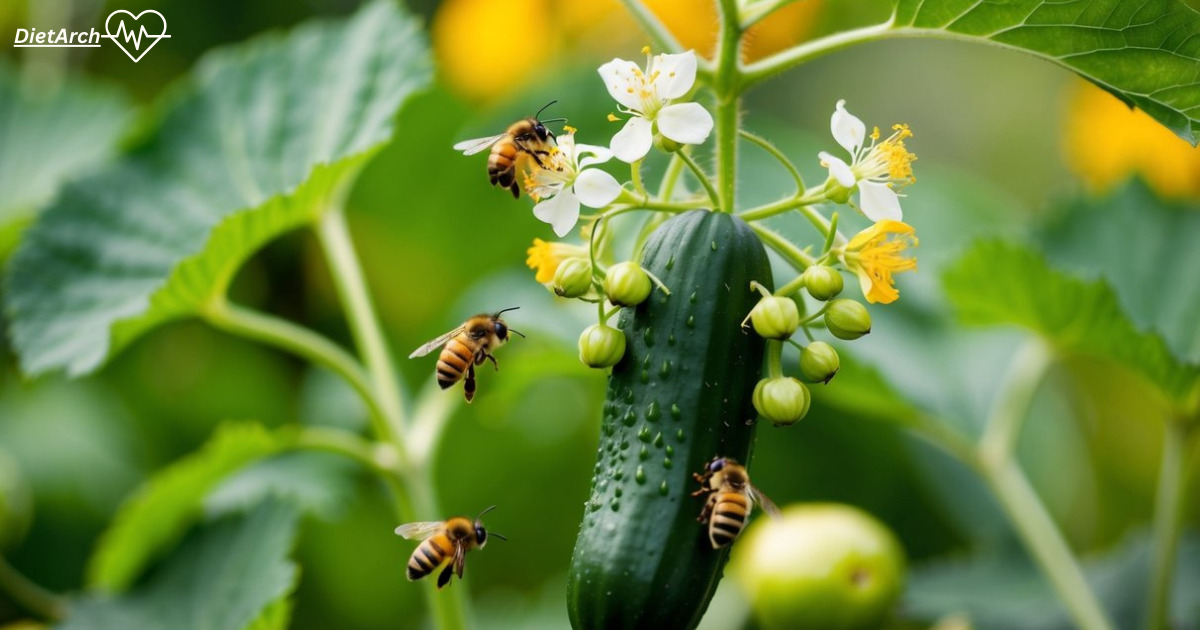
Cucumber’s Botanical Classification
Cucumbers belong to the Cucurbitaceae family. From a botanical viewpoint, they are classified as fruits because they develop from the flower of the plant and contain seeds. This classification aligns with similar fruits, such as tomatoes, squash, and pumpkins.
They are low-carb fruits with complete hydration perfect for Ketos.
Pollination Process
Pollination is essential for cucumber fruit production. Male flowers produce pollen, which must reach the female flowers for fertilization. Honeybees play a key role in visiting flowers to collect pollen and nectar. Other insect pollinators also play a vital role in this task.
After pollination, the fertilized ovary develops into a fruit. Insufficient pollination can lead to poor fruit development or malformed fruit. Therefore, ensuring a healthy population of pollinators in the garden can significantly improve quantity and quality for cucumber growers.
Cucumbers are vegetable culinarily
They are often categorized differently based on cultural and culinary contexts. Their classification can impact how they are perceived, whether is cucumber a fruit or a vegetable and used in cooking and legal definitions for taxation purposes.
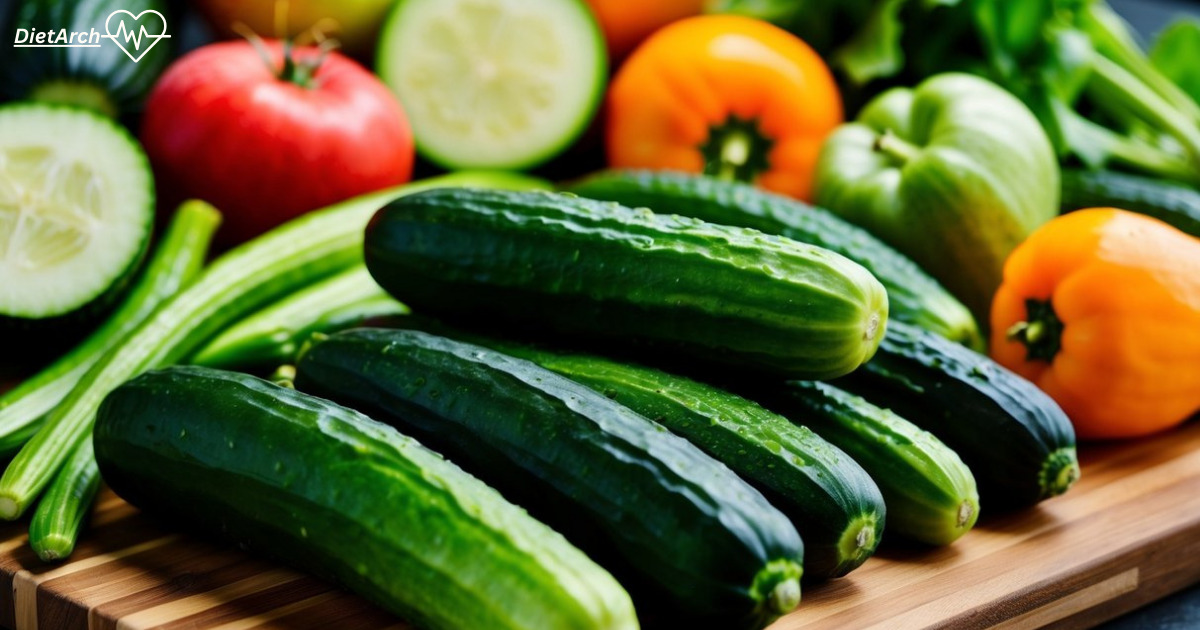
Historical Uses and Culinary Practices
Historically, cucumbers (Cucumis sativus) have been used primarily as a food item. Ancient civilizations valued them for their refreshing properties and nutritious content.
They are treated as vegetables in culinary practices because they are typically used in savory dishes. They appear in salads, sandwiches, and pickles, making them a staple in various cuisines. Their flavor and texture make them versatile in meals.
Interestingly, despite being botanically classified as fruits because they develop from flowers and contain seeds, cucumbers are often considered vegetables when it comes to cooking. This confusion arises when comparing it to other fruits categorized as vegetables, such as tomatoes. So the question, cucumber a fruit or a vegetable still remains.
Do you know the 10 most exotic fruits in the world?
Legal Definitions and Tax Implications
Legal definitions can have significant consequences for agriculture and taxation. In the United States, a Supreme Court case in 1893 determined that tomatoes, like cucumbers, are vegetables for trade purposes.
This ruling affects how cucumbers are taxed since fruits and vegetables may have different tax rates. Many jurisdictions follow similar guidelines, considering this vegetable regardless of its botanical classification.
Understanding these legalities is essential for farmers and retailers, as they affect the taxes they pay and how they market their products. As they are often included with vegetables in stores and kitchens, this classification helps shape consumer perceptions and sales strategies.
Just as cucumber, clove of garlic is used commonly in kitchen.
Nutrition in a Cucumber
Nutrition breakdown for a ½‑cup (≈52 g) serving of sliced, raw Cucumber, along with its water content and key antioxidant compounds, according to USDA.
Nutrient | Amount per ½ Cup |
Calories | 8 kcal |
Total Fat | 0.06 g |
Saturated Fat | 0.02 g |
Trans Fat | 0 g |
Cholesterol | 0 mg |
Sodium | 1 mg |
Total Carbohydrate | 1.9 g |
Dietary Fiber | 0.26 g |
Total Sugars | 0.87 g |
Protein | 0.34 g |
Vitamin C | 1.5 mg |
Calcium | 8.3 mg |
Iron | 0.15 mg |
Potassium | 76.4 mg |
Phosphorus | 12.5 mg |
Water Content | Approximately 96% |
Antioxidants | Cucurbitacins, Cucumegastigmanes |
Plant-based diets like cucumber help to loose visceral fat.
Inspiring Culinary Creations
For us, it’s essential to take advantage of the health benefits , and use them as much as possible. Whether it is cucumber a fruit or a vegetable. It can be used in multiple ways.
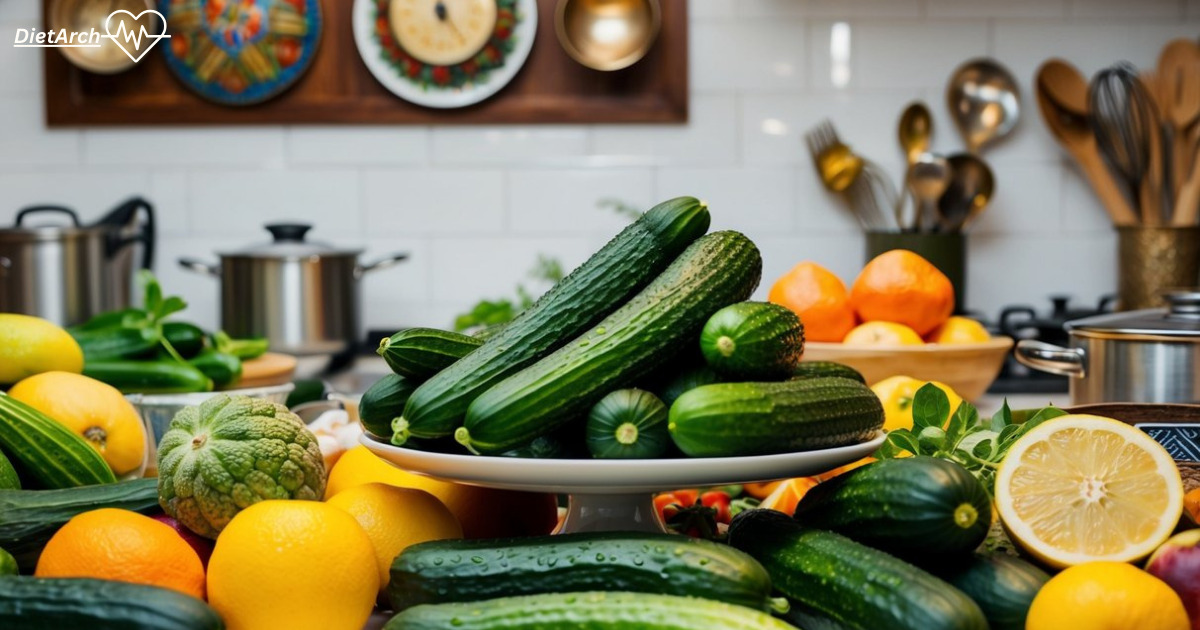
Herb‑kissed ribbons
Asian‑inspired crunch
Chill‑and‑blend treats
DIY Spa Pampering with cucumber
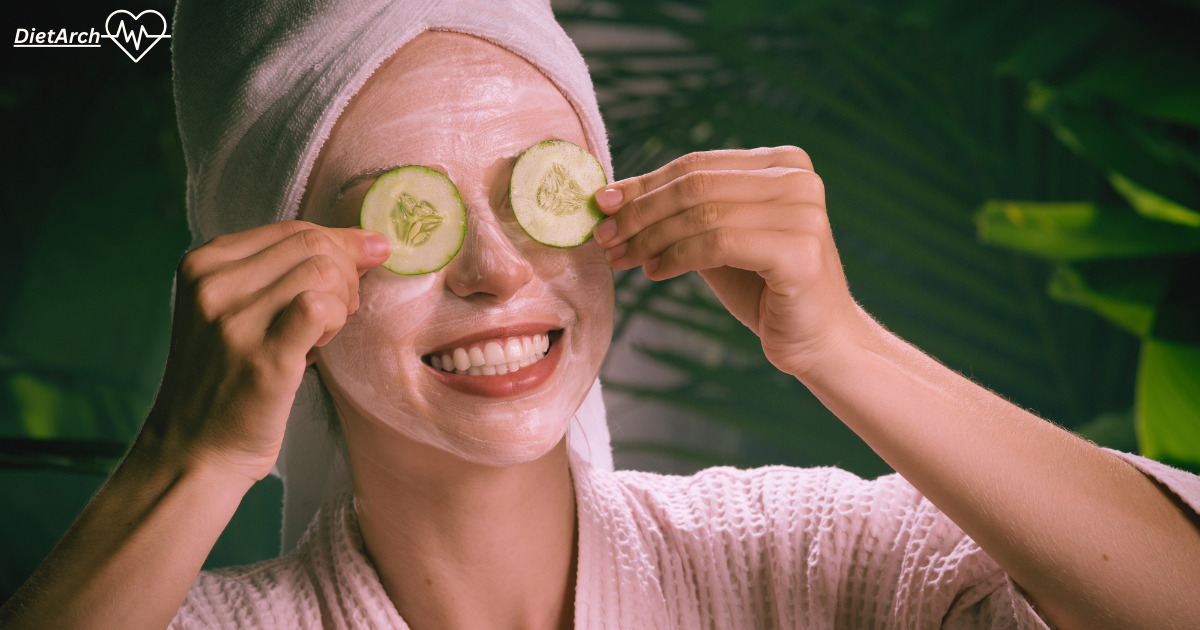
Revitalize tired eyes
Moisture‑boost masks
Botanical beauty infusions
Sunburn soother
In Essence:
Cucumbers are botanically fruits, but are often used as vegetables in the kitchen. Their exceptional properties, such as high water content and a low-calorie count, make them a hydrating and nutritious addition to everyday meals and snacks.
Whether you consider cucumber a fruit or a vegetable, they have versatility in both culinary and beauty applications. Just use them and enjoy the healthy benefits

